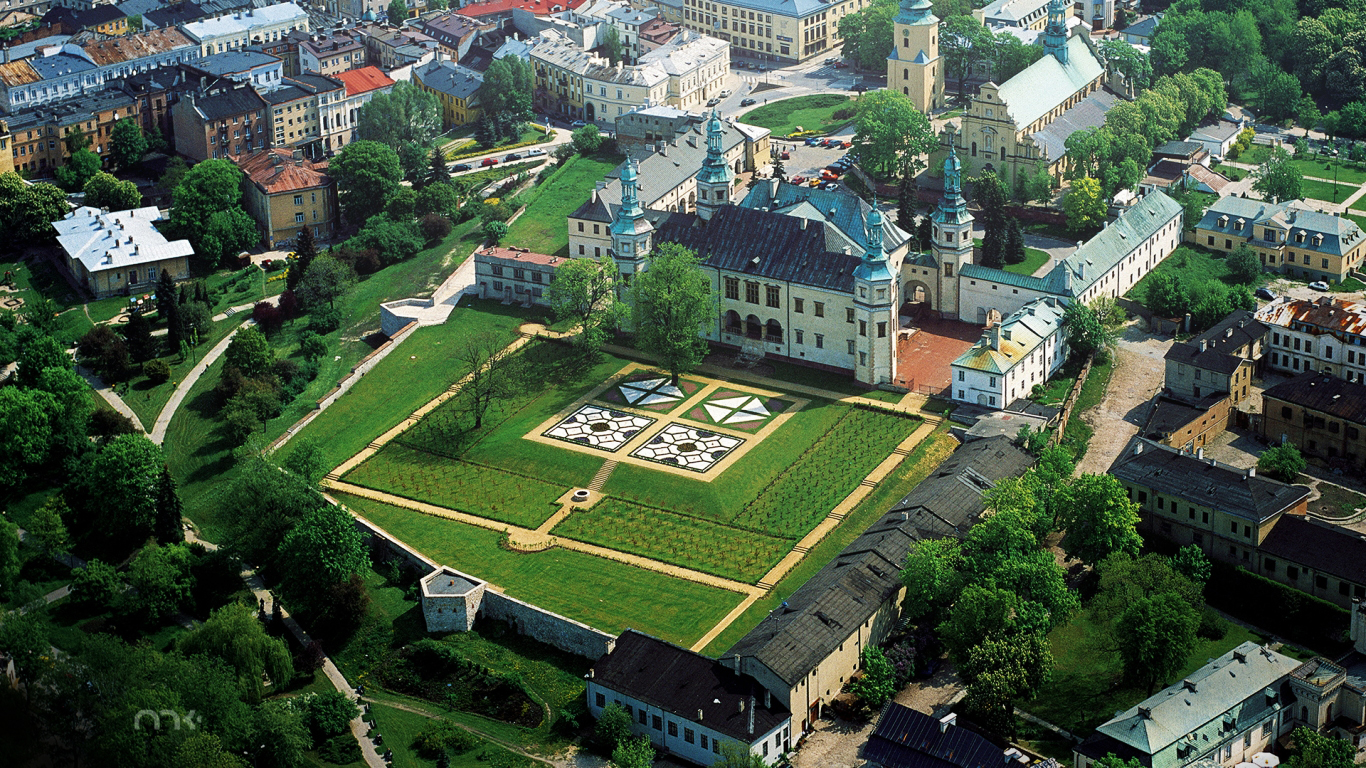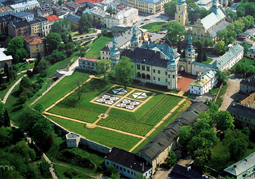Palace of the Krakow Bishops - National Museum - Kielce
No weather data
0.0 /5
Number of ratings: 0
The National Museum in Kielce is an institution with over 100 years of tradition. Its collections include valuable exhibits in the field of painting, handicraft, folk art, archeology and nature. The main seat of the museum is a perfectly preserved palace from the 17th century, once owned by the bishops of Kraków. On the permanent exhibition you can admire the interiors of the 17th and 18th century, the Sanctuary of Marshal Józef Piłsudski and, in the north wing, the Gallery of Polish painting and European decorative art. The museum also organizes numerous temporary exhibitions, concerts, lectures, workshops for children and young people, as well as family events are organized. The long tradition obliges and the museum constantly strives to become more attractive and open to viewers. In September 2009, it was honored with the ISO 9001: 2008 Certificate, in 2010 the Palace was adapted for the disabled. The Museum consists of the following branches: the Palace of Cracow Bishops, the Museum of Stefan Żeromski's School Years, the Palace of Henryk Sienkiewicz in Oblęgorek, the Museum of Dialogue of Cultures and the exhibition Animals and Continents. The residential assumption was supplemented by a garden extending at the back of the palace, called the Italian garden in inventories. From the beginning, it had a decorative and functional character. The center was a terrace with quarters of herbs and flowers, surrounded by fruit trees. You could go down the stairs from the loggia or from the Bishop's Apartment on the first floor, a special staircase in the southwest tower. In the 18th century, while maintaining a symmetrical arrangement of geometric plots, the garden was enriched by hornbeam and linden alleys with gazebos. Over time, there were also heated conservatories, where orange, lemon and fig trees were grown, as well as an icehouse and inspections for plant breeding and seedling. From the moment when the palace was taken over by the civil authorities in 1789, the garden began to lose its original layout and vegetation. Return to the state described in the seventeenth and eighteenth-century inventories took place only in 2002-2003. Currently, after reconstruction, apple trees have been planted around the central, geometric part of the garden, and the whole is surrounded by hornbeam and linden alleys.
Komentarze
No results
Nearby places
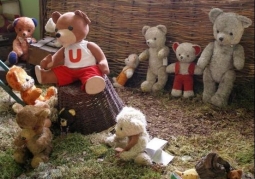
Toy and Play Museum - Kielce
Category: MuseumsThe facility was founded in 1979 as the Toy Museum. It has a huge collection of both historical and modern toys. It is one of the few and the largest institution of this type in Poland. In 2004, Mayor of Kielce Wojciech...
1 km
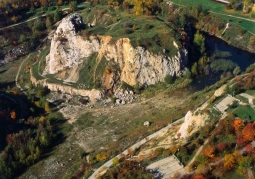
Kadzielnia Nature Reserve - Kielce
Category: Nature reservesThe Kadzielnia Nature Reserve is part of the Kadzielniański Limestone Range located in the south and west of Kielce. The highest hill located there, called the Geologists Rock, is a relic of the former Kadzielnia...
2 km
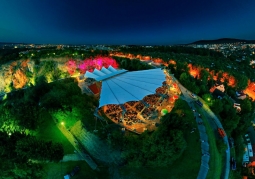
Kadzielnia Amphitheater - Kadzielnia Nature Reserve - Kielce
Category: Scenes and amphitheatersKadzielnia Amphitheater is located in the south-eastern part of the Kadzielnia Nature Reserve. One of the key stages of gradual reclamation and development of the former quarry located here was the creation of the...
2 km
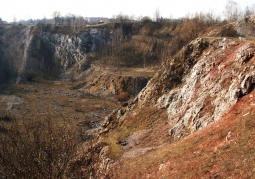
Wietrznia Nature Reserve Zbigniew Rubinowski - Kielce
Category: Nature reservesInanimate nature reserve located in the former Wietrznia quarry in Kielce. Its range includes the hills of Wietrznia and the neighboring Międzygórze being an extension of the Kadzielniański Range stretching through...
2 km
Nearby places

Toy and Play Museum - Kielce
Category: MuseumsThe facility was founded in 1979 as the Toy Museum. It has a huge collection of both historical and modern toys. It is one of the few and the largest institution of this type in Poland. In 2004, Mayor of Kielce Wojciech...
1 km

Kadzielnia Nature Reserve - Kielce
Category: Nature reservesThe Kadzielnia Nature Reserve is part of the Kadzielniański Limestone Range located in the south and west of Kielce. The highest hill located there, called the Geologists Rock, is a relic of the former Kadzielnia...
2 km

Kadzielnia Amphitheater - Kadzielnia Nature Reserve - Kielce
Category: Scenes and amphitheatersKadzielnia Amphitheater is located in the south-eastern part of the Kadzielnia Nature Reserve. One of the key stages of gradual reclamation and development of the former quarry located here was the creation of the...
2 km

Wietrznia Nature Reserve Zbigniew Rubinowski - Kielce
Category: Nature reservesInanimate nature reserve located in the former Wietrznia quarry in Kielce. Its range includes the hills of Wietrznia and the neighboring Międzygórze being an extension of the Kadzielniański Range stretching through...
2 km
